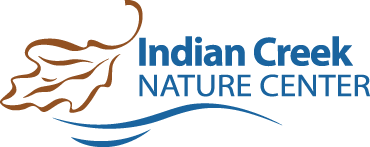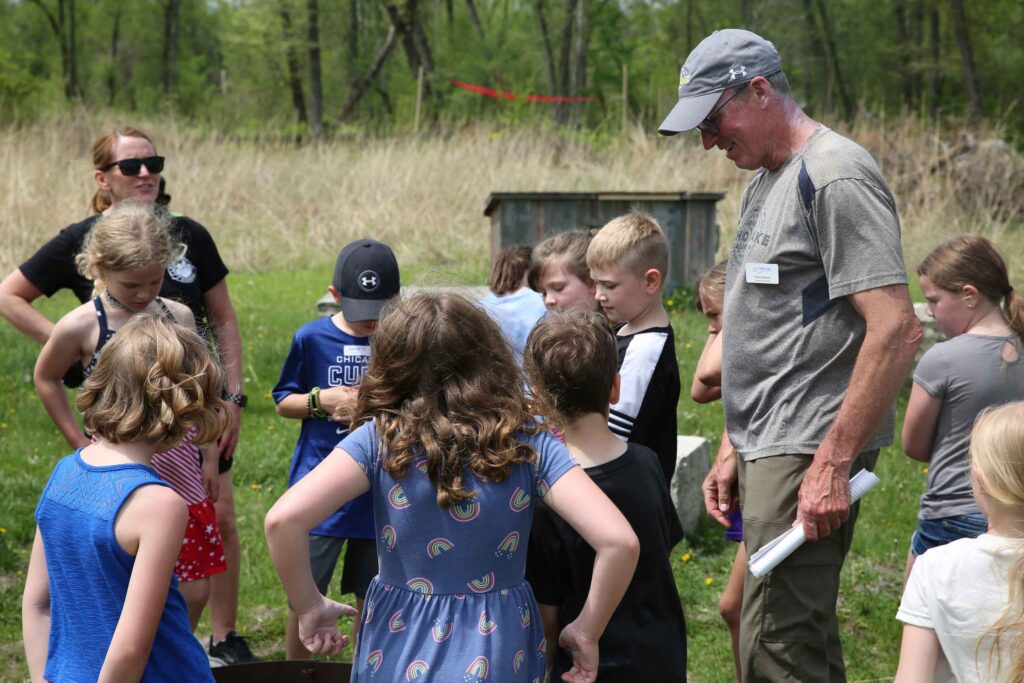NGSS: (Kindergarten): K-LS1-1 From Molecules to Organisms: Structures and Processes, K-ESS2-2 Earth’s Systems, K-ESS3-1 Earth and Human Activity (1st grade): 1-LS1-1 From Molecules to Organisms: Structures and Processes, 1-LS1-2 From Molecules to Organisms: Structures and Processes (2nd Grade): LS2.A Interdependent Relationships in Ecosystems ; LS4.D Biodiversity and Humans; ETS1.A Defining the Problem, Creating Solutions; ESS2.B Mapping – migration maps; PS1.B Chemical Reactions (3rd grade): 3-LS2-1 Ecosystems: Interactions, Energy, and Dynamics, 3-LS3-1 Heredity: Inheritance and Variation of Traits, 3-LS4-2 Biological Evolution: Unity and Diversity, 3-LS4-4 Biological Evolution: Unity and Diversity (4th grade): 4-LS1-1 From Molecules to Organisms: Structures and Processes, 4-LS1-2 From Molecules to Organisms: Structures and Processes (5th grade): 5-LS2-1 Ecosystems: Interactions, Energy, and Dynamics, 5-ESS3-1 Earth and Human Activity
Common Core: (Kindergarten): CCSS.ELA-LITERACY.L.K.6, CCSS.ELA-LITERACY.SL.K.6, CCSS.MATH.CONTENT.K.CC.B.4, CCSS.MATH.CONTENT.K.CC.B.5, CCSS.MATH.CONTENT.K.CC.C.6, CCSS.MATH.CONTENT.K.CC.C.7. CCSS.MATH.CONTENT.K.MD.A.1, CCSS.MATH.CONTENT.K.MD.A.2, CCSS.MATH.CONTENT.K.MD.B.3 (1st grade): CCSS.ELA-LITERACY.SL.K.6, CCSS.ELA-LITERACY.SL.1.2, CCSS.ELA-LITERACY.L.1.6, CCSS.MATH.CONTENT.1.MD.C.4, CCSS.MATH.CONTENT.1.G.A.1 (2nd grade): CCSS.ELA-LITERACY.SL.K.6, CCSS.ELA-LITERACY.L.2.6, CCSS.MATH.CONTENT.2.MD.D.9 (3rd grade):CCSS.ELA-LITERACY.SL.K.6, CCSS.ELA-LITERACY.L.3.6 (4th grade): CCSS.ELA-LITERACY.L.4.6 (5th grade): CCSS.ELA-LITERACY.L.5.6


